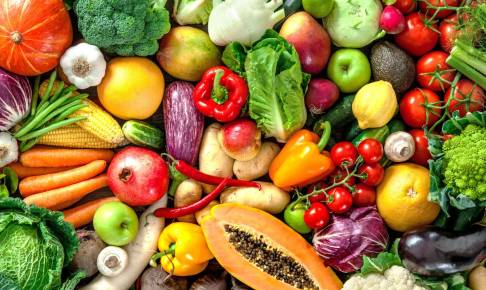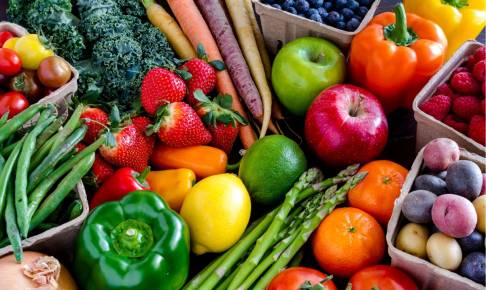New EFSA’s report on pesticide residues in food just published
The European Food Safety Authority (EFSA) has just published its new scientific report on pesticide residue levels found in food commonly consumed in the EU Member States, Iceland and Norway.
The report compiles data from the EU-coordinated multiannual control program (EU MACP) and individual national control programs (MANCP).
In 2021, a combined total of 87 863 samples were tested under both the EU MACP and MANCP initiatives. Among these, 84 399 samples (96.1%) were within legal limits, while maximum residue levels (MRLs) were surpassed in 3 464 samples (3.9%). When accounting for the measurement uncertainty, 2 207 samples (2.5%) led to legal repercussions or enforcement measures. The MRL exceedance rate dropped from 5.1% in 2020 to 3.9% in 2021.
The EU MACP focuses on the food items most frequently consumed by EU citizens, with the same set of products being sampled every three years. This allows for the identification of trends over time. In 2021, the 12 selected food products were eggplants, bananas, broccoli, cultivated fungi, grapefruits, melons, sweet peppers, table grapes, virgin olive oil, wheat, bovine fat, and chicken eggs. Out of 13 845 samples analyzed, 13 550 (97.9%) were within legal limits, and MRLs were exceeded in 295 samples (2.1%). Moreover, 184 samples (1.3%) were deemed non-compliant due to measurement uncertainty.
The data from these monitoring programs provide valuable insight into the dietary exposure of EU consumers to pesticide residues. EFSA also conducted a dietary risk assessment as part of its analysis and, for the first time, introduced a pilot probabilistic assessment for a subset of substances.
The report indicates that the food commodities examined in 2021 are unlikely to pose a health risk to consumers. However, it also offers several recommendations for enhancing the effectiveness of European control systems regarding pesticide residues.
Detailed results from the testing programs can be found on EFSA’s website.
Source:
https://efsa.onlinelibrary.wiley.com/doi/epdf/10.2903/j.efsa.2023.7939






















